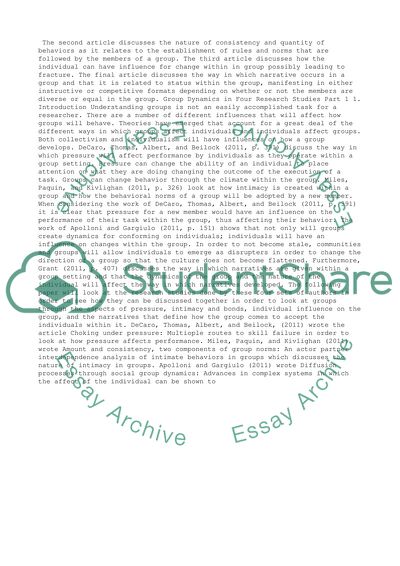Cite this document
(“Assessment item 1: Skill Development (Individual) Essay”, n.d.)
Retrieved from https://studentshare.org/management/1476439-assessment-item
Retrieved from https://studentshare.org/management/1476439-assessment-item
(Assessment Item 1: Skill Development (Individual) Essay)
https://studentshare.org/management/1476439-assessment-item.
https://studentshare.org/management/1476439-assessment-item.
“Assessment Item 1: Skill Development (Individual) Essay”, n.d. https://studentshare.org/management/1476439-assessment-item.


